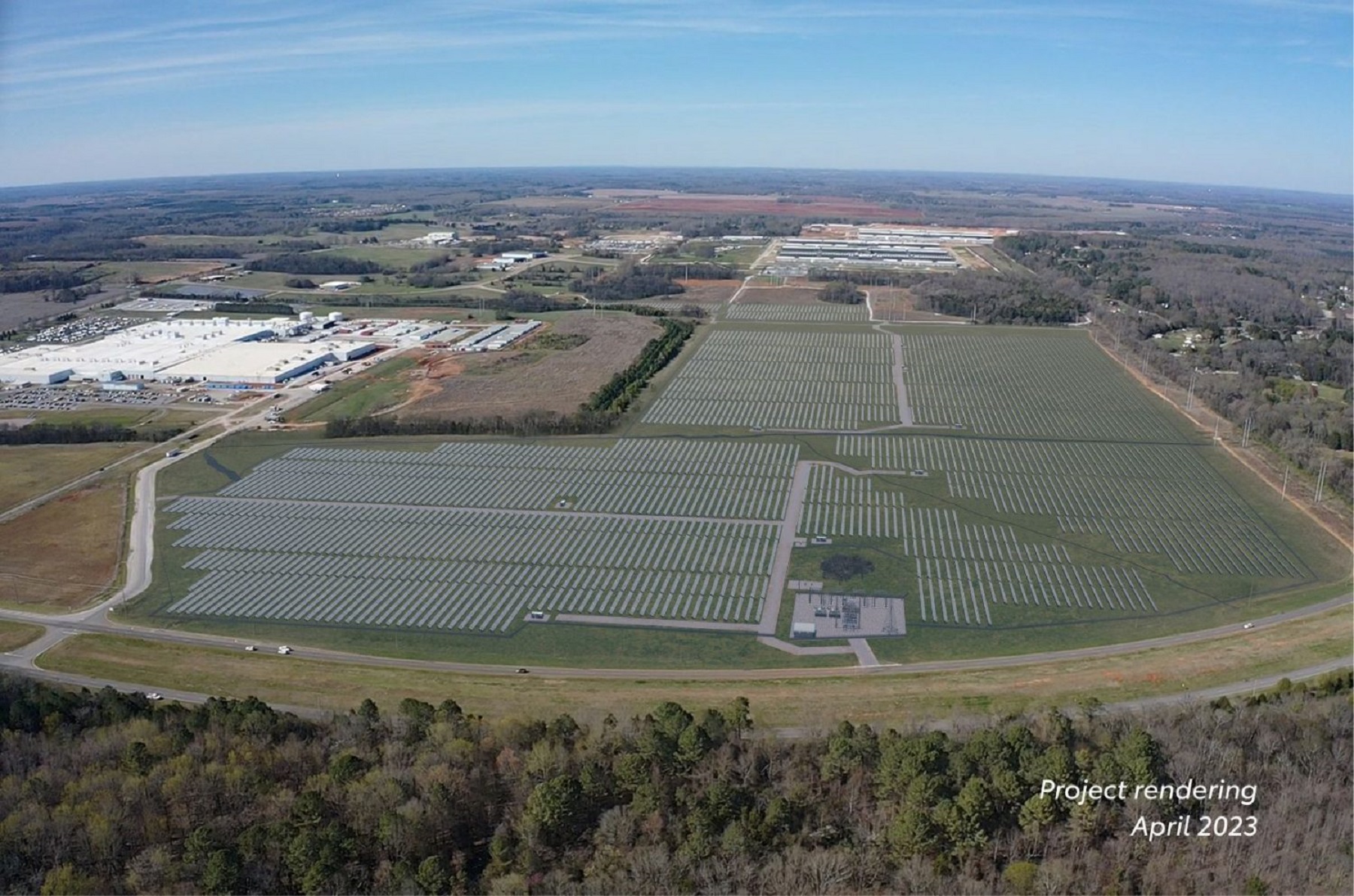A Guide to Helicopter Performance Factors

Thinking about becoming a helicopter pilot or curious about how helicopters work? In either case, you may want to know about the environmental aspects that influence how well these remarkable machines can fly. Pilots must take note of these before deciding to take off to maintain the safety of themselves, their passengers, and other people in the vicinity. This is a guide to helicopter performance factors that you should be aware of.
Temperature
Many of the elements that affect helicopter flight are linked to air density. This is because denser air increases lift and allows the engine and routers to function at a higher level of efficiency. The temperature comes into the picture because air expands when it is warm, which also means that it is less dense since the individual particles that constitute it are more spread out. It is therefore more ideal for helicopters to travel in cooler conditions when the air is contracted.
Humidity
The amount of water vapor relative to other elements and compounds in the air is another factor to consider. While liquid water is heavier than air, in its gaseous state, it is actually lighter than it. As a result, a greater proportion of moisture in the air makes it less dense and a helicopter will not be able to perform as optimally. Interestingly, rain itself doesn’t impede the rotorcraft’s functioning besides reducing visibility for the pilot. Since conditions can change unexpectedly, helicopters don’t only fly in nice weather, though this isn’t the most ideal.
Wind
The strength and direction of the wind also impact the flight. The rotation of the helicopter’s rotors works to create airflow above them and thus generate lift. So, when there is already wind blowing over the helicopter, it doesn’t need to work as hard to rise from the ground. The course of the wind has an effect because it determines how much distance the helicopter needs to take off and how much it must utilize its tail rotor to maintain stability. Headwinds are more preferable than tailwinds because the helicopter doesn’t need to use its tail rotor as much, leaving more engine power for its primary rotor. They also allow it to move upwards without needing much horizontal space.





